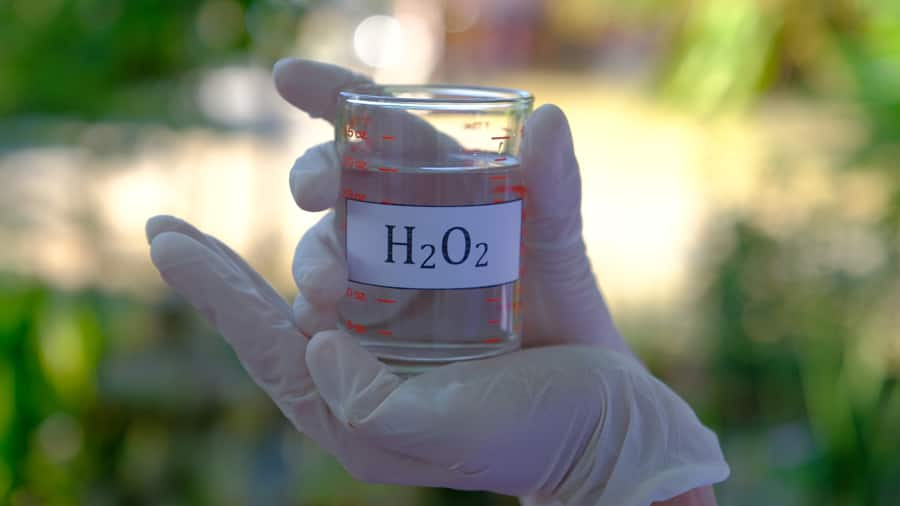As with any part of your oral care routine, knowledge is power. To help understand the impact of sodium chloride, or table salt, has on your teeth, here are three considerations:
1. Salt as a Key Ingredient
Calcium carbonate, sodium chloride, and salt. These may sound dissimilar, but they all are the same when it comes to your toothpaste. When examining your tube, you will see a list of specially formulated ingredients that help to clean, strengthen and protect your smile. Each element has its function, and salt is no different. The fine, granular nature, when combined with ingredients like fluoride, helps to gently remove stains as an abrasive agent. When making any changes to your toothpaste, it is important to consider all ingredients.
2. Salt Water as a Rinse
If you want to incorporate pure salt into your oral care routine, consider its functionality as a rinsing agent. Capable of increasing your mouth’s pH balance, salt can be used to rinse your mouth when you're suffering from mouth lesions like canker sores, a sore throat, or irritations on the cheek or tongue. You can rinse with salt 2-3 times a day to help improve these oral issues. Mix a half to a full teaspoon of salt in a cup of warm water and swish around your mouth for about 30 seconds. Salt rinses also alleviate mouth pain, because they decrease inflammation and may help remove some bacteria for temporary relief.
3. Salt in Toothpaste
As far as cleaning and caring for your teeth goes, there are many products that capitalise on salt’s application in oral health. By utilising sodium chloride, or table salt, as an active ingredient, salt toothpaste acts as a gentle abrasive, capable of removing stains from teeth. Salt toothpaste typically contains other useful ingredients, such as glycerine, silica, and resins, that result in a paste-like consistency. This formulated mix of ingredients helps to empower the stain-fighting qualities of the toothpaste while also protecting enamel.
Brushing with Salt Toothpaste vs. Regular Toothpaste
Salt in toothpaste may help remove stains from teeth, but it can also be dangerous for your teeth. If it’s not mixed with the proper ingredients or made as a DIY experiment, salt toothpaste could cause permanent damage to your pearly whites. You’ll want to trust the professionals on this one and keep the DIY projects away from your oral health.Many salt toothpastes are often missing an important ingredient: fluoride. According to the American Dental Association (ADA), fluoride is the MVP when it comes to preventing cavities and strengthening enamel. So, don’t compromise this important mineral when choosing your toothpaste. Go for a salt toothpaste with fluoride in the mix!USAGE TIP: When you use a regular fluoride toothpaste, wet the brush before you put on the toothpaste. With salt toothpaste, you shouldn’t wet the brush first or the toothpaste won’t stick to it.
This article is intended to promote understanding of and knowledge about general oral health topics. It is not intended to be a substitute for professional advice, diagnosis or treatment. Always seek the advice of your dentist or other qualified healthcare provider with any questions you may have regarding a medical condition or treatment.
ORAL HEALTH QUIZ
What's behind your smile?
Take our Oral Health assessment to get the most from your oral care routine
ORAL HEALTH QUIZ
What's behind your smile?
Take our Oral Health assessment to get the most from your oral care routine









